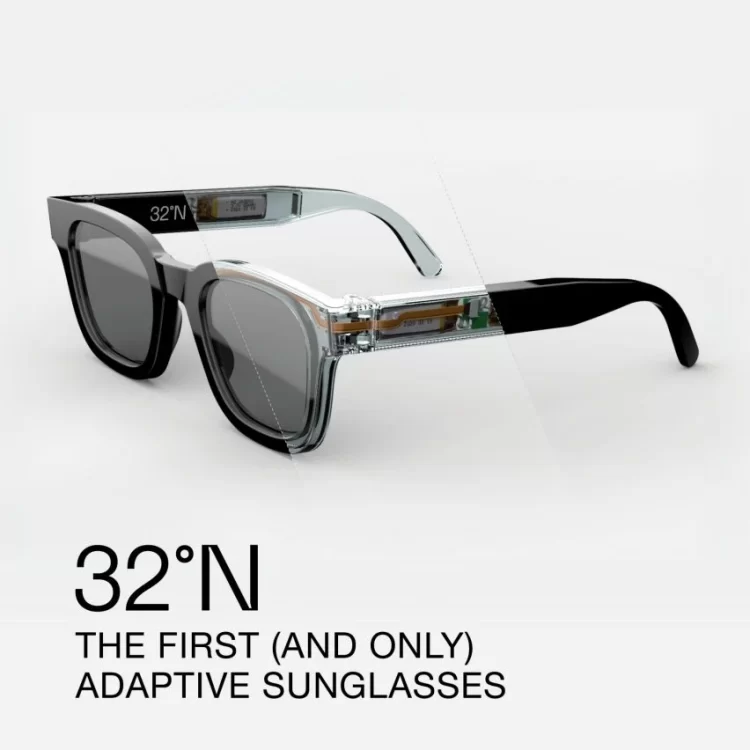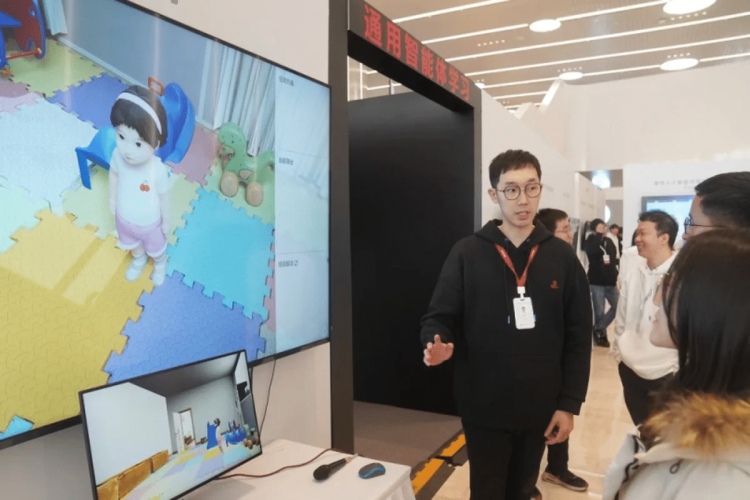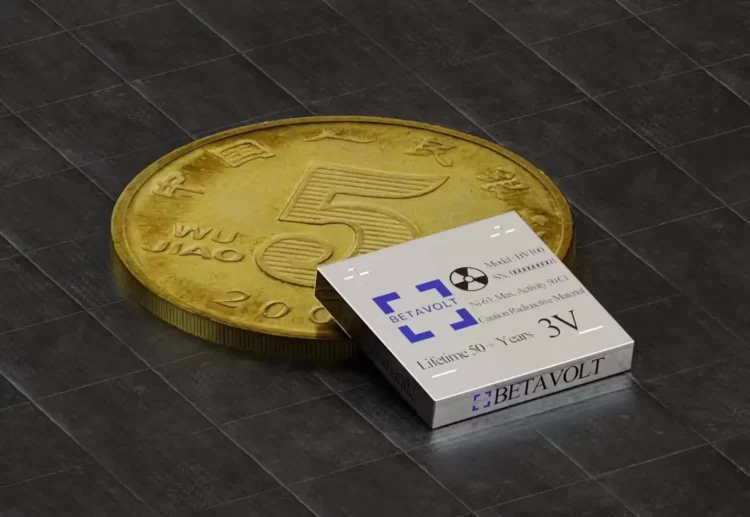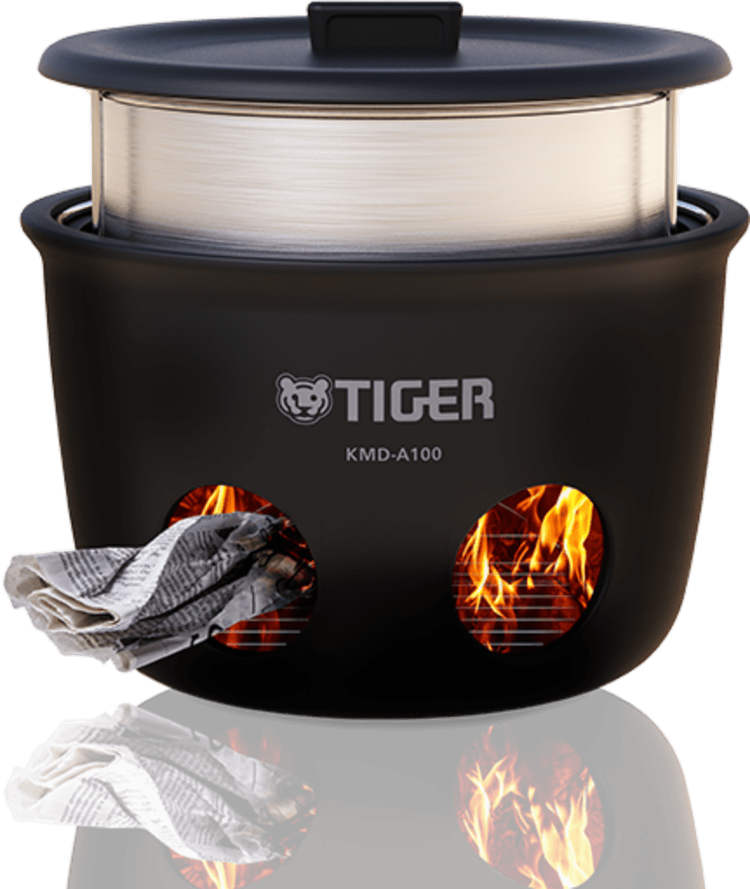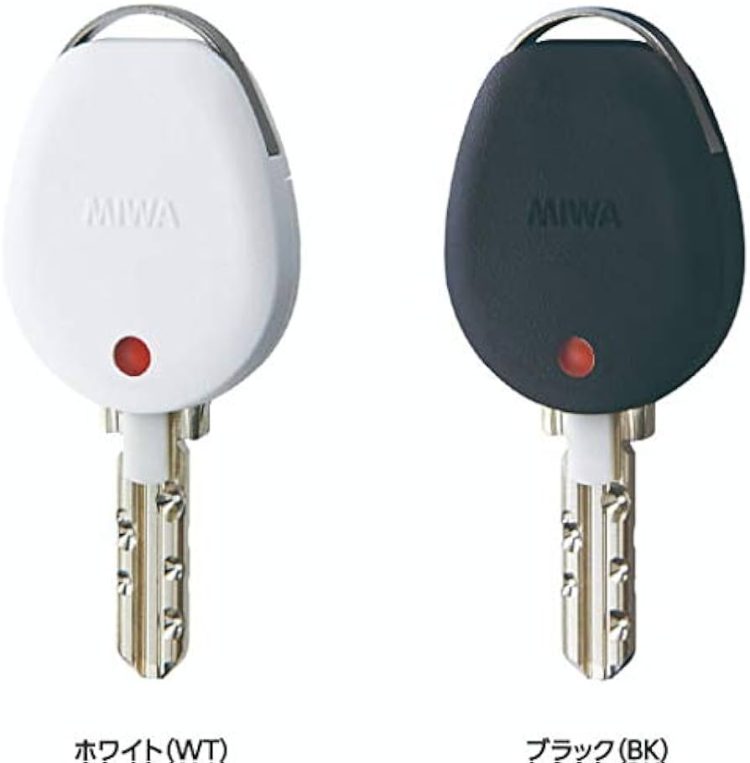Switzerland’s road maintenance authority has developed an ingenious mobile bridge that allows the paving of public roads without the need to stop traffic on the affected lanes.
Traffic jams are a necessary evil when it comes to road maintenance, and despite experts’ best efforts to come up with a solution to this logistic problem, motorists still have to deal with them whenever road work is required. However, Switzerland’s Federal Roads Office may have come up with an ingenious-enough solution to revolutionize road paving. Earlier this year, it unveiled the Astra Bridge, a 257-meter-long mobile bridge that allows traffic to pass over sections of road while infrastructure is being repaired below. It’s such a simple concept that it almost makes you wonder why engineers took so long to invent it, but there is a reason why the Astra Bridge is the first of its kind – it’s not as simple as it sounds.




